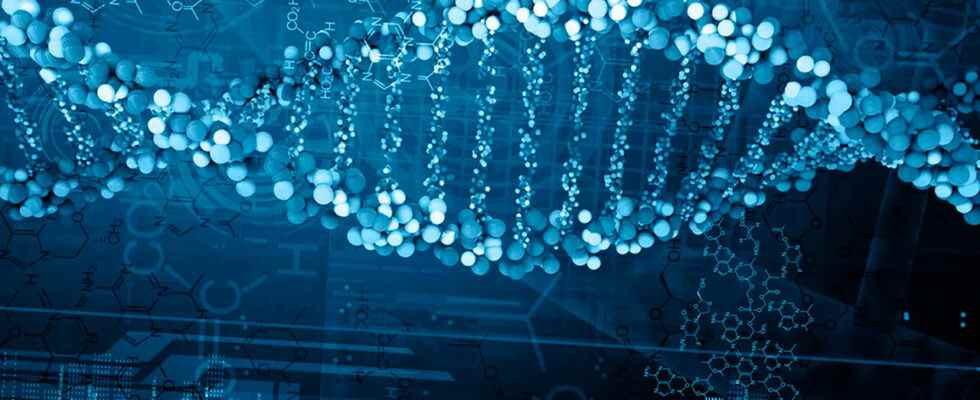The need for storage is increasing rapidly all over the world. The gap between storage capacity and demand is estimated to exceed 7.8 million petabytes by 2030. In such a scenario, old data may have to be deleted in order to make room for new data. This will put companies in a difficult situation, especially those with billions of data on artificial intelligence.
DNA-based storage areas will offer unlimited space
As the volume of data generated by internet activity, digital devices, and IoT sensors continues to grow at an aggressive rate, businesses are rapidly running out of time to solve a critical problem. Although HDDs and SSDs do a good job of holding and providing the amount of data that servers and client devices need to run, it is predicted that they will not be enough in the future.
When it comes to storage, LTOs (Linear Tape-Open) also stand out. LTOs, which are widely preferred in some areas with their low cost, also have some disadvantages. In LTOs where data can only be accessed sequentially, it can be quite difficult to find certain files.

Due to the storage problem that will increase in the near future, researchers continue to work on new ultra-dense and ultra-durable storage technologies. There are a few promising studies on this subject so far, but a DNA-based concept stands out.
DNA, the basic material of living organisms, consists of four molecular building blocks: adenine (A), guanine (G), cytosine (C) and thymine (T). These compounds link together in pairs (AT and GC) to form the rungs of the famous double helix ladder.
It has been demonstrated by scientists that a single gram of DNA can store 215 PB (220,000 TB) of data. This structure can be used as an extremely dense and durable form of data storage by converting binary 1s and 0s into a four-letter genetic alphabet.
Emily Leproust, CEO and co-founder of Twist Bioscience, which has invested heavily to bring technology to life, says:
DNA promises to deliver the three most important things in storage: ultra-high density, affordability and sustainability. We will need new technology to meet the expected storage demand of over $7 billion in the coming years.
In its current form, this technology is not yet usable efficiently due to the time required to write data to DNA and various other difficulties. However, our most important weapon to eliminate the storage problem still seems to be DNA.
Humanity is again watching its own body to solve its problems. So what do you think about the possible storage problem? You can share your views with us in the comments section.
